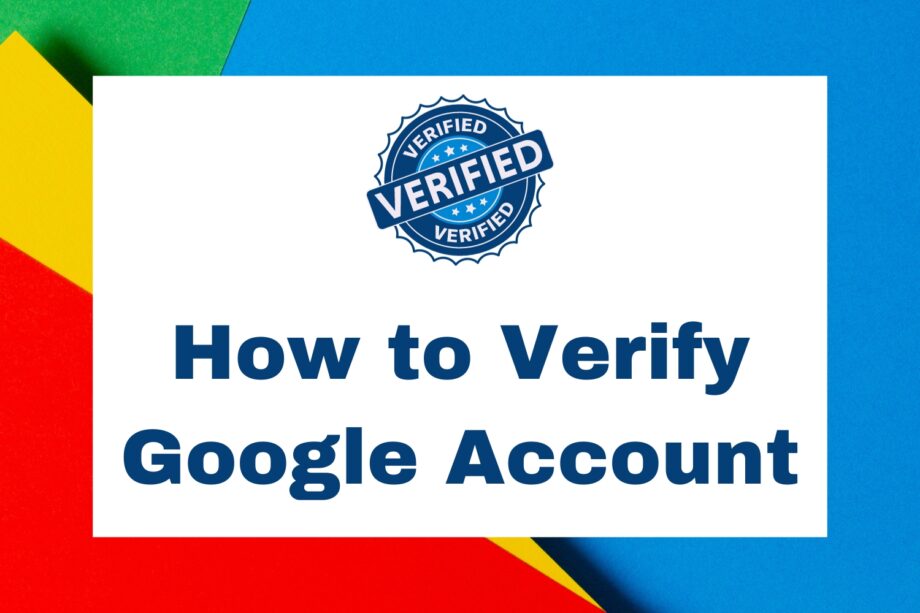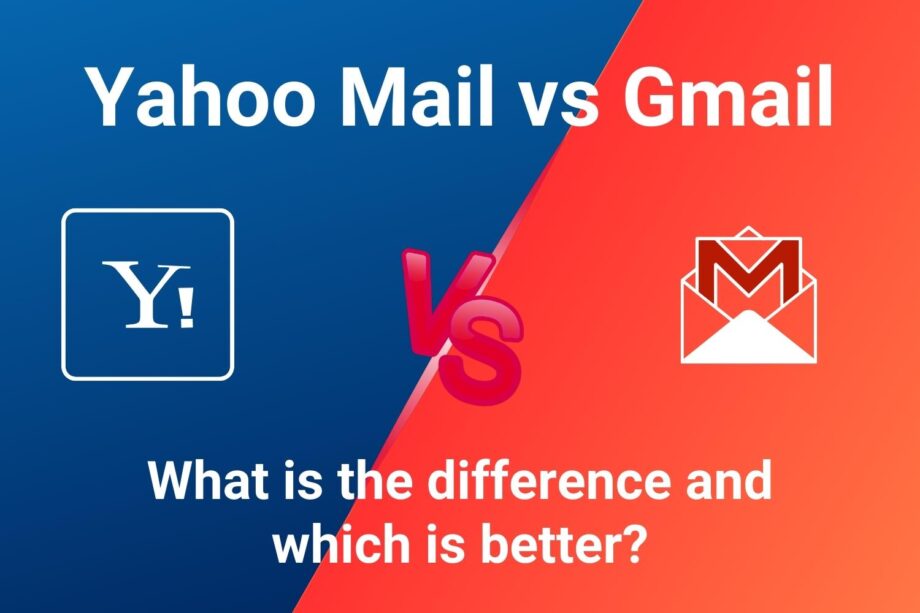In this comprehensive guide, we will delve into the intricacies How to Verify Google Account. Google, as one of the most prominent tech giants in the world, offers a multitude of services, and having a verified Google account is essential for accessing and utilizing these services to their fullest extent. Whether you’re a business owner, a student, or an individual looking to explore the digital realm, understanding the process of verifying your Google account is crucial.
In this article, we will guide you through the steps to effectively verify Google account.
What is a Google account?
A Google account, simply put, is a user account that provides access to various Google services and products. It serves as your digital identity in the Google ecosystem. When you create a Google account, you are assigned a unique email address that ends with “@gmail.com,” which can be used for sending and receiving emails.
Why do you need one?
A Google account is the key to unlocking a wide range of digital services and tools offered by Google. Here are some compelling reasons why having a Google account is essential:
Email Communication:
Gmail, Google’s email service, is one of the most popular and user-friendly email platforms. A Google account allows you to use Gmail for personal and professional communication.
Cloud Storage:
Google Drive provides free cloud storage space for your documents, photos, videos, and more. A Google account is required to access and utilize this storage.
Search History and Personalization:
Having a Google account enables Google to personalize your search results and recommendations based on your browsing history and preferences.
YouTube:
If you want to upload videos, comment on videos, or create playlists on YouTube, you need a Google account.
Android Device Integration:
If you use an Android smartphone or tablet, a Google account is necessary to set up and use your device effectively.
Google Photos:
Store and organize your photos and videos with Google Photos, which is accessible through your Google account.
Types of Google Accounts
Google offers several types of accounts to cater to the diverse needs of its users. Here are some of the most common types of Google accounts:
Google Account (Personal):
This is the typical Google account people use for personal use. It provides access to Gmail, Google Drive, Google Photos, YouTube, and various other Google services. Users can customize their settings and preferences.
Google Workspace (formerly G Suite):
Google Workspace accounts are designed for businesses and organizations. They offer professional email addresses (e.g., yourname@yourcompany.com), cloud storage, collaboration tools like Google Docs, Sheets, and Slides, and administrative controls for managing users and data.
Google Workspace for Education:
Similar to Google Workspace for businesses, this version is tailored for educational institutions. It provides educational tools, classroom management features, and enhanced privacy settings for students and educators.
Google Cloud Platform (GCP) Account:
GCP accounts are for developers and businesses interested in using Google’s cloud infrastructure and services for hosting applications, storing data, and running virtual machines.
Google Ads Account:
This type of account is for advertisers looking to create and manage Google Ads campaigns. It allows businesses to run ads on Google Search, YouTube, and other Google platforms.
Google AdSense Account:
AdSense accounts are for website owners and content creators who want to monetize their online content by displaying Google ads. AdSense generates revenue through ad clicks and impressions.
Google AdMob Account:
AdMob is Google’s mobile advertising platform, designed for app developers. It allows developers to monetize their mobile apps by displaying ads within them.
Google Developer Account:
Developers who create and publish apps on the Google Play Store or use Google APIs and services may have a Google developer account. This account provides access to developer tools, documentation, and analytics.
Google for Government Account:
Google offers specialized accounts and services for government agencies, including enhanced security and compliance features.
Why Verify Your Google Account?
Verifying your Google account is an important step to ensure the security and integrity of your online presence. Google offers various services, like Gmail, Google Drive, Google Photos, YouTube, and more, that are interconnected through a single Google account. Here are several reasons why you should verify Google account:
Security:
Verification adds an extra layer of security to your account, making it more difficult for unauthorized users to gain access. It helps protect your personal information, emails, and other data from being compromised.
Account Recovery:
In case you forget your password or face issues accessing your account, a verified account is easier to recover. Google can use your verified information to help you regain access.
Identity Confirmation:
Verifying your account confirms your identity to Google. This can be useful for Google’s security measures and you, as it helps prevent others from impersonating you online.
Access to Additional Features:
Some Google services and features may require a verified account. For instance, to enable YouTube live streaming or create a YouTube channel, you need a verified Google account.
Spam and Fraud Prevention:
Google uses verification to combat spam and fraudulent activities. It helps reduce fake accounts and prevents misuse of their services.
Enhanced Trust:
When you send emails from a verified Google account, it can enhance the trustworthiness of your communications, especially for business and professional purposes.
Account Limits:
Without verification, Google may impose certain limits on your account, such as the number of emails you can send per day or the amount of storage you can use. VerifiedVerify Google Account Google accounts often raise these limits.
Age Verification:
For services with age restrictions, such as YouTube for kids, verification can confirm that the user meets the age requirements.
Steps to Verify a Google Account
Verifying your Google account is an important step to enhance security and access additional features. Here are the steps to verify Google account
Step 1: Sign In to Your Google Account
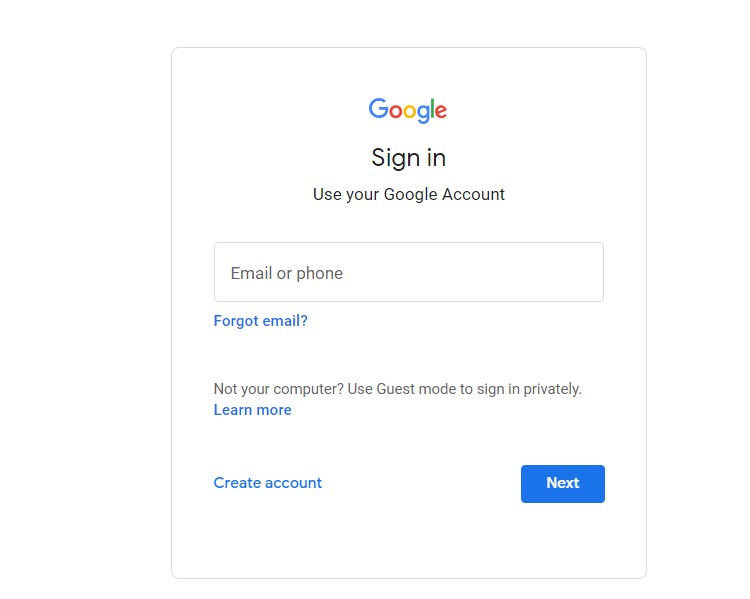
The first step in the verification process is to sign in to your Google account. You can do this by visiting the Google homepage and clicking on the “Sign In” button in the upper right corner.
Step 2: Go to the Security Section
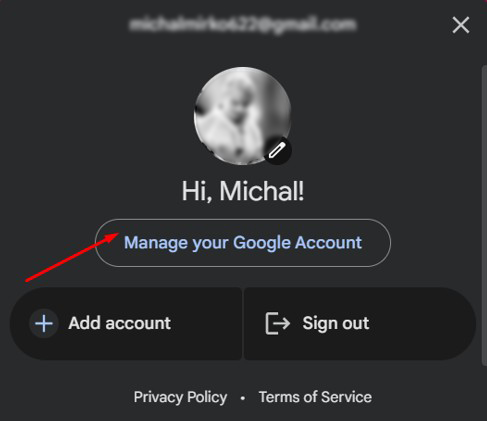
Once you’re signed in, click on your profile picture in the upper right corner and select “Manage your Google Account.”
Step 3: Start the Verification Process
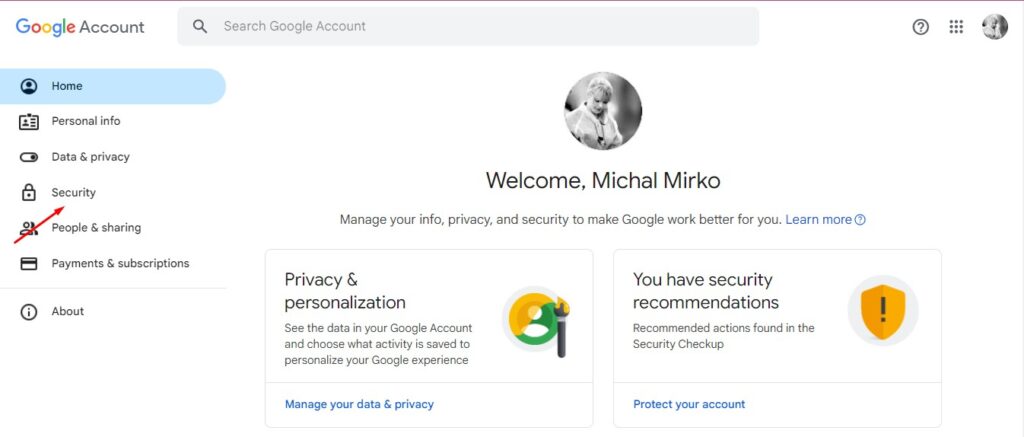
In the left sidebar, click on “Security.” This will take you to the security settings of your Google account.
Step 4: Verify Your Phone Number
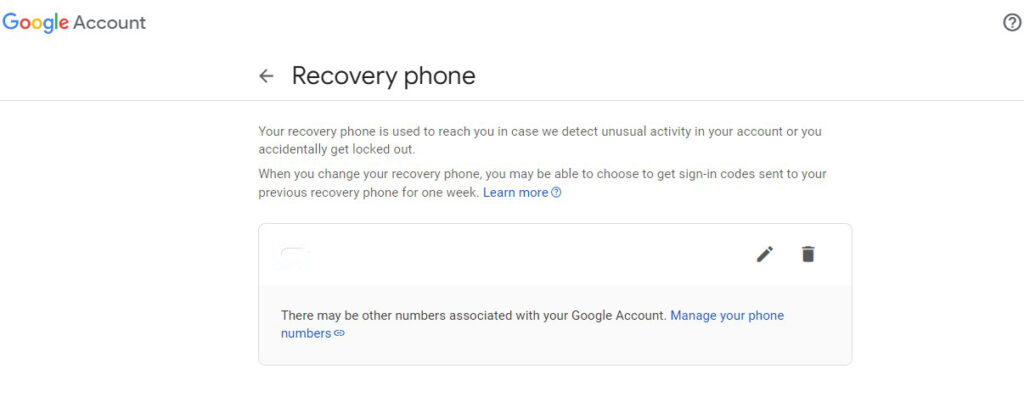
To verify your phone number, click on “Phone” under the “Signing in to Google” section. Follow the prompts to add and verify your phone number. Google will send a verification code to your phone, which you’ll need to enter to complete the verification.
Step 5: Verify Your Email Address
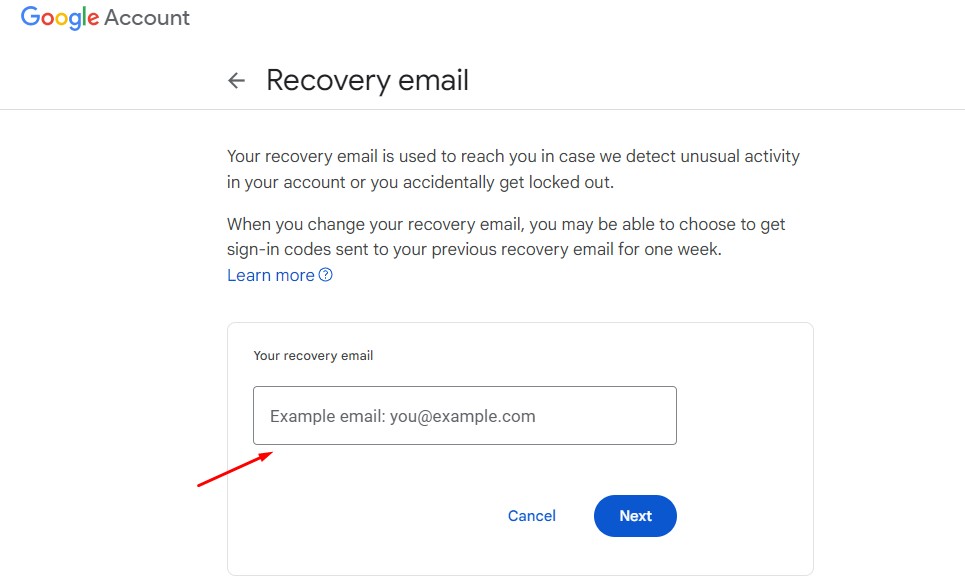
Under the “Security” section, click on “Email” to verify your email address. Similar to phone verification, Google will send a verification code to your email, and you’ll need to enter it to complete the process.
Step 6: Additional Verification Methods
Google offers additional verification methods, such as using the Google Authenticator app or backup codes. These methods add extra layers of security to your account. You can set up these methods in the “Security” section.
Step 7: Completing the Verification
Once you’ve completed the required verification steps, your Google account will be considered verified. You will receive a confirmation message, and your account will have access to the benefits of verification.
Common Verification Issues
Verification Code Not Received
In some cases, you may encounter issues with receiving the verification code via SMS or email. If this happens, here are some steps to troubleshoot the problem:
– Check the folder: Verify that the verification code email didn’t end up in your spam or junk folder.
– Wait for SMS: Sometimes, SMS messages may be delayed. Wait for a reasonable amount of time to receive the code.
– Resend Code: In the verification process, there’s usually an option to resend the code. Try this option if you haven’t received the code within a reasonable time frame.
– Contact Support: If all else fails, consider reaching out to support for assistance with the verification process.
Multiple Accounts and Verification
If you have multiple Google accounts, it’s essential to verify each one separately. Each account is treated as an independent entity, and verification applies to individual accounts.
Lost Access to Verified Contact Information
If you lose access to the phone number or email address you used for verification, it’s crucial to update your contact information in your Google account settings. This ensures that you can still receive verification codes and access your account in the event of password recovery.
How to use two-factor authentication
Verifying a Google account and setting up two-factor authentication (2FA) are essential for enhancing the security of your Google services. Here are the steps to verify Google account and enable 2FA:
1. Verify your Google Account:
Verifying your Google account helps ensure that you are the legitimate owner of the account and provides an additional layer of security.
- Open a web browser and go to the Google Account page: here.
- Sign in to your Google account if you’re not already signed in.
- In the left sidebar, click on “Security”.
- Under the “Security” section, look for “Verify your identity” or similar options. This might vary slightly depending on your account status.
- Google may prompt you to enter your password again for security reasons.
- Follow the on-screen instructions to complete the verification process. Google might send a verification code to your registered email or phone number. Enter this code to verify your identity.
- Once you’ve completed the verification, your Google account will be considered verified.
2. Enable Two-Factor Authentication (2FA):
Two-factor authentication adds an extra layer of security to your Google account by requiring you to enter a second verification code, usually sent to your mobile device, in addition to your password when logging in.
- Go to the Google Account page: https://myaccount.google.com/.
- Sign in to your Google account if you’re not already signed in.
- In the left sidebar, click on “Security” again.
- Under the “Signing in to Google” section, find “Two-step verification” or “Two-factor authentication” and click on it.
- Click the “Get started” or “Turn on” button.
- You may be prompted to sign in again and confirm your password.
- Choose your preferred 2FA method:
- Text message (SMS): Google will send you a verification code via SMS.
- Authentication app: You can use an authenticator app like Google
- Authenticator, Microsoft Authenticator, or Authy to generate codes.
- Security key: You can use a physical security key for added security.
- Follow the on-screen instructions to set up your chosen 2FA method.
- Once you’ve completed the setup, 2FA will be enabled for your Google account. You must enter the verification code generated by your chosen method every time you log in.
Remember to keep your 2FA methods and backup codes secure. It’s also crucial to update your recovery options, such as adding a backup email address and phone number, in case you ever lose access to your primary 2FA method.
Conclusion
In conclusion, understanding how to verify a Google account is essential for anyone looking to make the most of Google’s services and products. Whether you’re an individual seeking convenience and security or a business owner aiming to establish a professional online presence, account verification is a fundamental step.
By following the outlined steps, ensuring you meet the criteria, and adhering to best practices for account security, you can confidently verify your Google account. With a verified account, you gain access to a world of digital opportunities while safeguarding your data and online presence.

